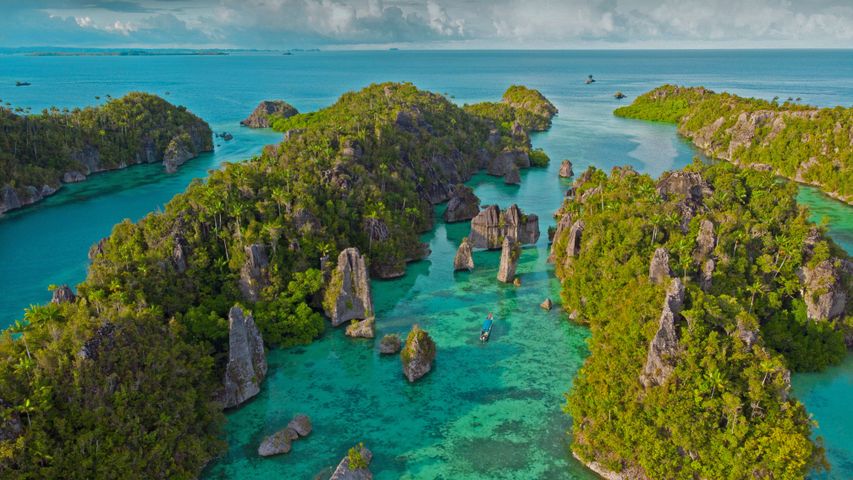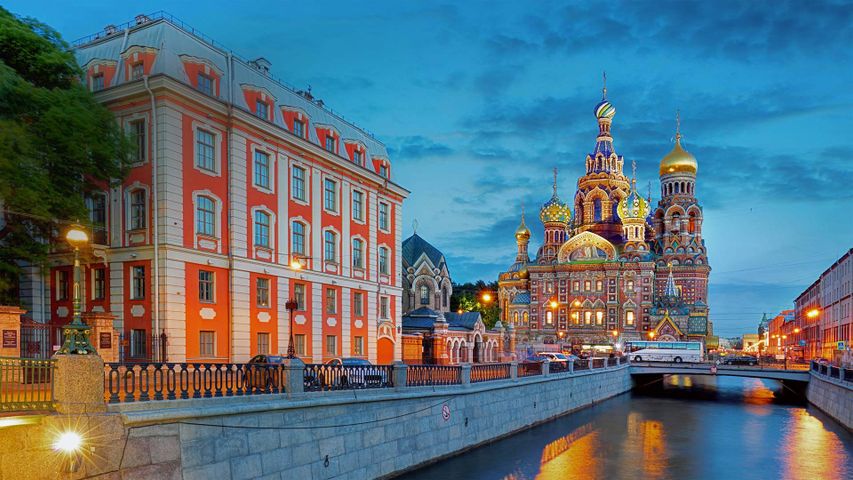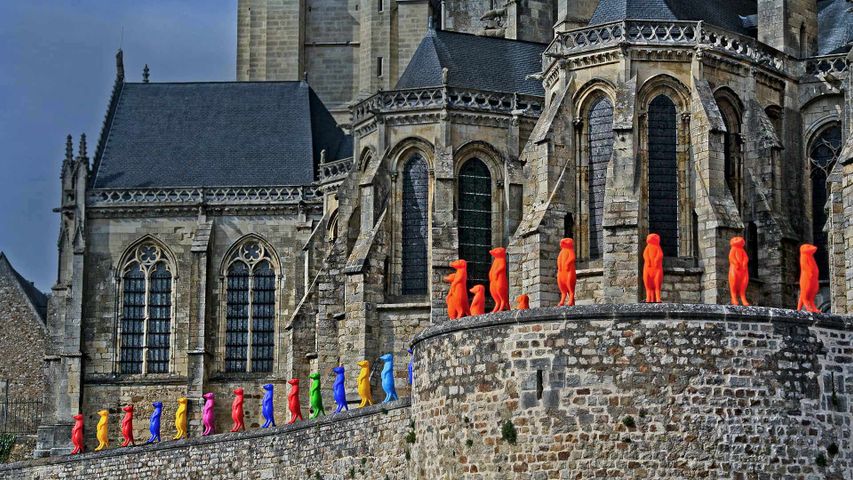Greater flamingos, Lüderitz, Namibia
© Karine Aigner/TANDEM Stills + Motio
A tidal ballet. Greater flamingos, Lüderitz, Namibia
In Lüderitz, Namibia, these birds aren't just passing through—they're standing their ground. Literally. On one leg. These long-legged locals, the greater flamingos, bring a splash of pink to Namibia's windswept Atlantic coast. These birds are the largest of their kind, and they're not shy about showing off. Towering over 120 centimetres tall with spoon-shaped bills and stilt-like legs, they're easy to spot. That bubblegum pink hue? That's all diet. Flamingos feed on algae, crustaceans and tiny invertebrates packed with carotenoids—the same pigments that make carrots orange. The more they eat, the pinker they get. In other words, they're what they eat, right down to the blush. In the air, flamingos are sleek flyers, cruising long distances in a V-formation. Their migration habits are still being studied, but it's clear they go where the wetlands flow—from inland salt pans to coastal sanctuaries, always in search of food and safe nesting zones.
Come winter, their journey often leads them to India, where a warm welcome awaits. Chilika Lake, the country's largest coastal lagoon, becomes a seasonal haven for these elegant visitors. But Chilika isn't alone, flamingos also find refuge in places like the Sewri Mudflats in Mumbai, Bhigwan in Maharashtra, Pulicat Lake (straddling Andhra Pradesh and Tamil Nadu), the Kutch salt flats in Gujarat and the Thane Creek Flamingo Sanctuary.
Related Images
Bing Today Images
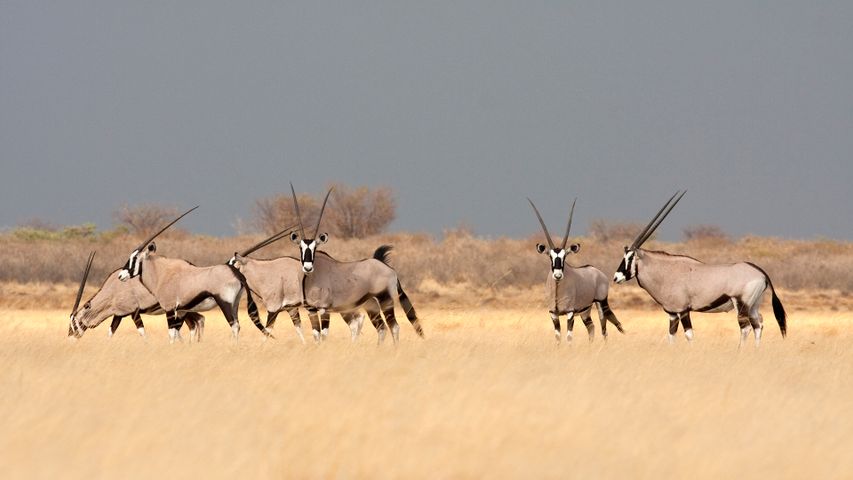
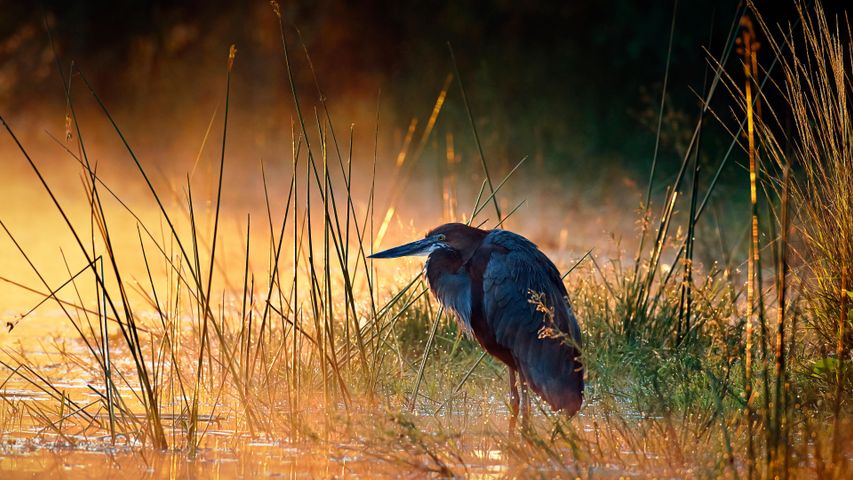

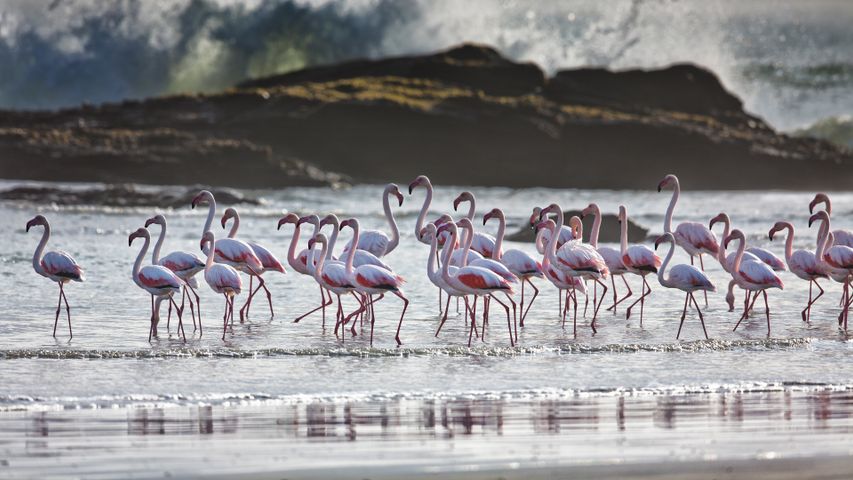
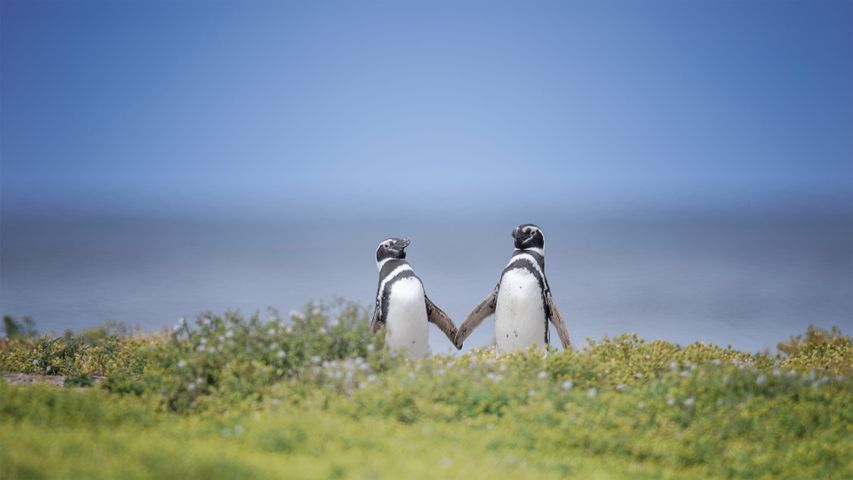 Two Magellanic penguins, Falkland Islands
Two Magellanic penguins, Falkland Islands
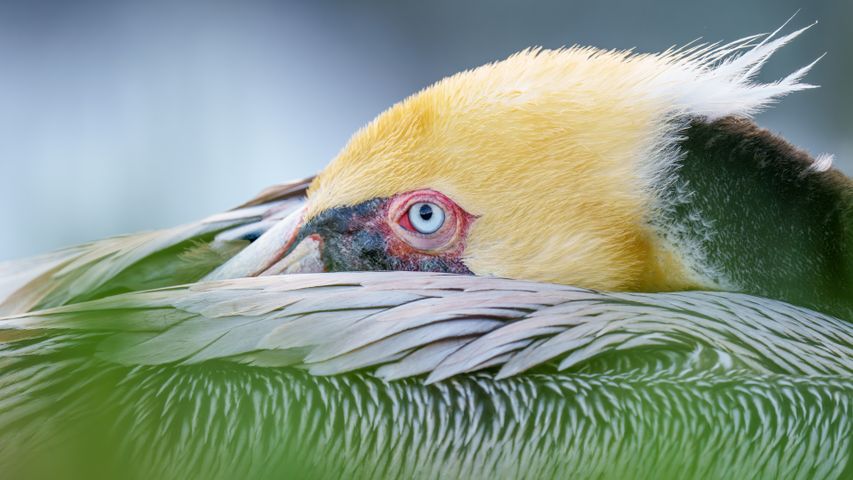 Brown pelican, San Diego, California, USA
Brown pelican, San Diego, California, USA
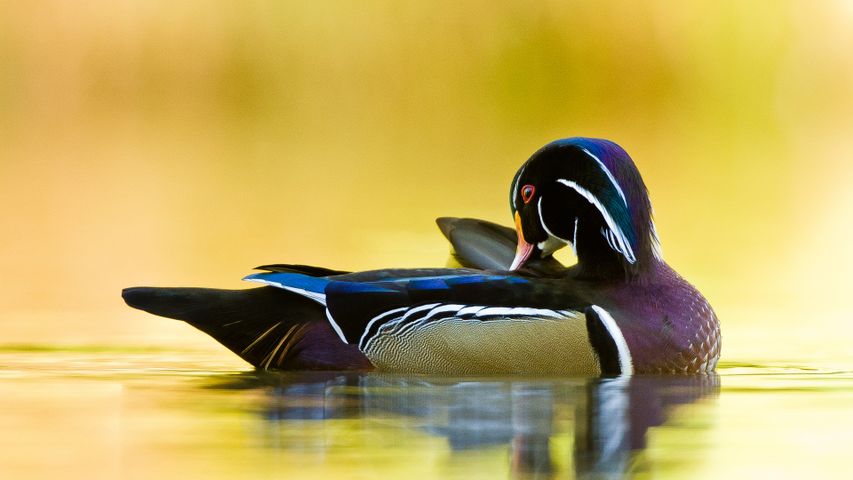 Wood duck, Quebec, Canada
Wood duck, Quebec, Canada
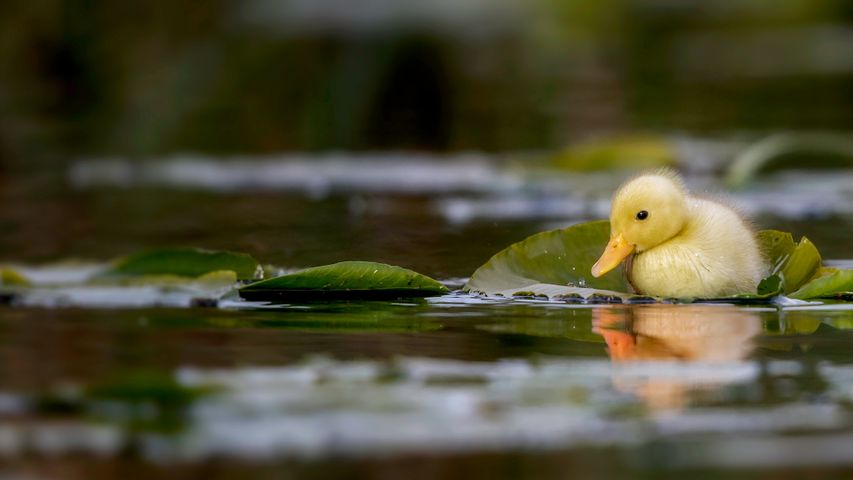 A duckling swimming in a water meadow, Suffolk, England
A duckling swimming in a water meadow, Suffolk, England
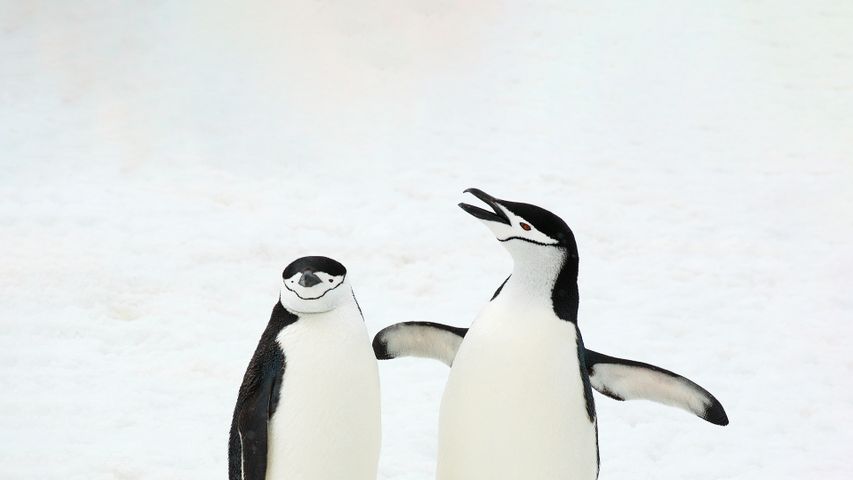 Chinstrap penguins, South Sandwich Islands, South Atlantic Ocean
Chinstrap penguins, South Sandwich Islands, South Atlantic Ocean
 Atlantic puffin, Iceland
Atlantic puffin, Iceland
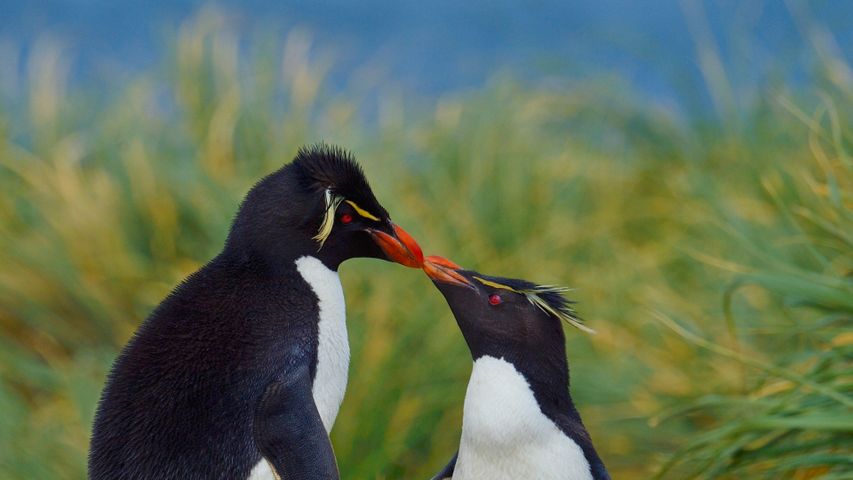 Southern rockhopper penguins, Falkland Islands
Southern rockhopper penguins, Falkland Islands
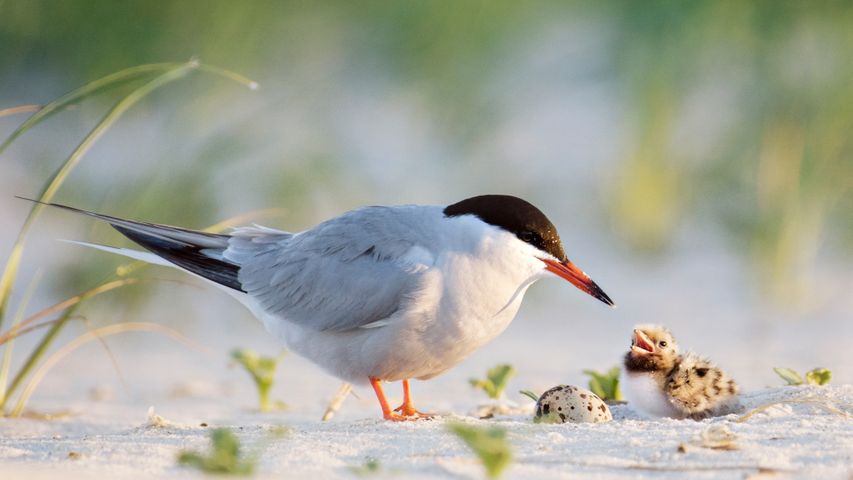 Common tern father with chick, Nickerson Beach, Long Island, New York
Common tern father with chick, Nickerson Beach, Long Island, New York
